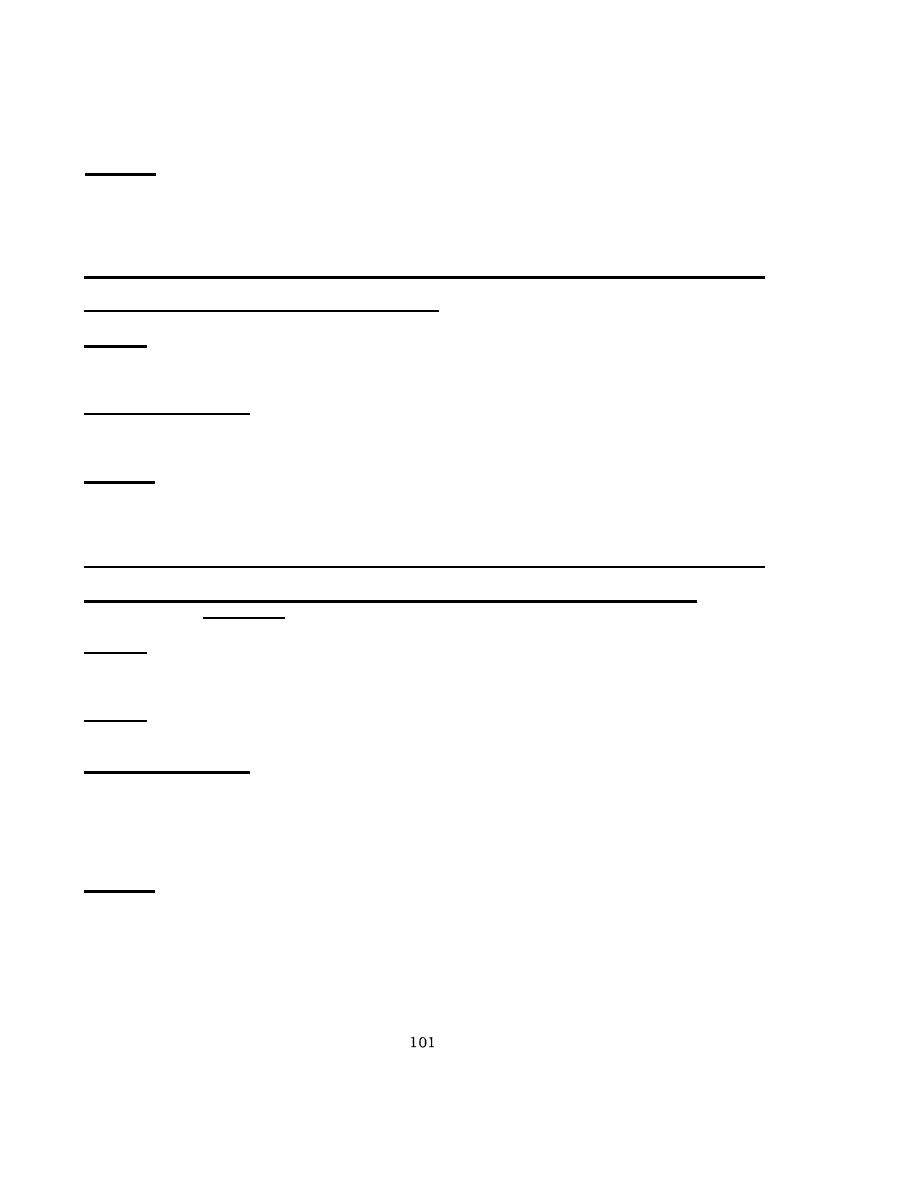

Custom Search
|
|

|
||
 However, without a venturi, this valve must be set for 50 psi so as not to
overpressure the aircraft at no flow conditions. This means that when fuel is
flowing, the nozzle pressure may be down to 25 psi or less reducing the flow.
If the pressure control valve is set up to 75 psi to compensate for the drop
during flow conditions, the plane will see 75 psi at no flow conditions. This
is a dangerous situation.
Solution: Install a hose end regulator for secondary protection
and provide a
venturi controller for the hydrant fuel control valve so that it
becomes the
primary pressure control valve. With a venturi, both conditions
will be
satisfied--the aircraft will be protected at no flow conditions,
and the
control valve will be "tricked" into opening wide during maximum
flow
conditions.
CASE POL 11 - Pantograph Stops, R. Thomas
Problem: Most existing pantograph stops are made from steel posts with rubber
pads. The problem with this is that when pantographs are folded shut, the
swivels can clash together, causing damage and leaks.
Collection of Facts: Definitive drawings call for padded posts as pantograph
stops. Field surveys revealed that even with pads on pantograph piping, the
impact of a folding pantograph causes damage to the swivels.
Solution: A simple yet effective means to prevent pantograph clash and swivel
damage was observed at several MCAS's. The idea is to provide stops for the
castors before the piping and swivels have a chance to contact each other.
Castor stops are shown below and can be provided for as many castors as
required.
CASE POL 12 - Static Electricity Relaxation at Direct Fueling Stations,
R. Thomas
Problem: Providing static electricity relaxation capability at existing
aircraft direct fueling stations while keeping below the 3 foot height
limitations.
Symptom: Most static relaxation tanks are of the vertical type, and when used
at aircraft direct fueling stations, can cause wing tip damage to aircraft.
Collection of Facts: Older direct aircraft fueling systems and some newly
modified systems which have the filtration equipment near the dispensing point
are required to provide 30 seconds fuel retention time between the last piece
of filtration equipment (the fuel contamination monitor) and the refueling
nozzle. In most cases a vertical tank will violate the 3 foot height
limitation and there is not room to install a horizontal tank.
Solution: A simple solution, observed at one air station and which saves the
approximate $4,000 cost of a non-ferrous relaxation tank, uses little space
and provides the required low profile. It is to increase the pipe diameter up
to 10" or 12" and to install a large aluminum pipe "U" bend in the piping
system. The "U" bend is fabricated from standard elbows or "U" bends and
straight pipe and the slower velocity (FT/SEC) times 30 seconds retention time
= required length (FT).
|
 |
|
 |
||